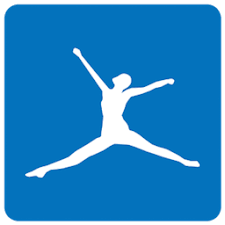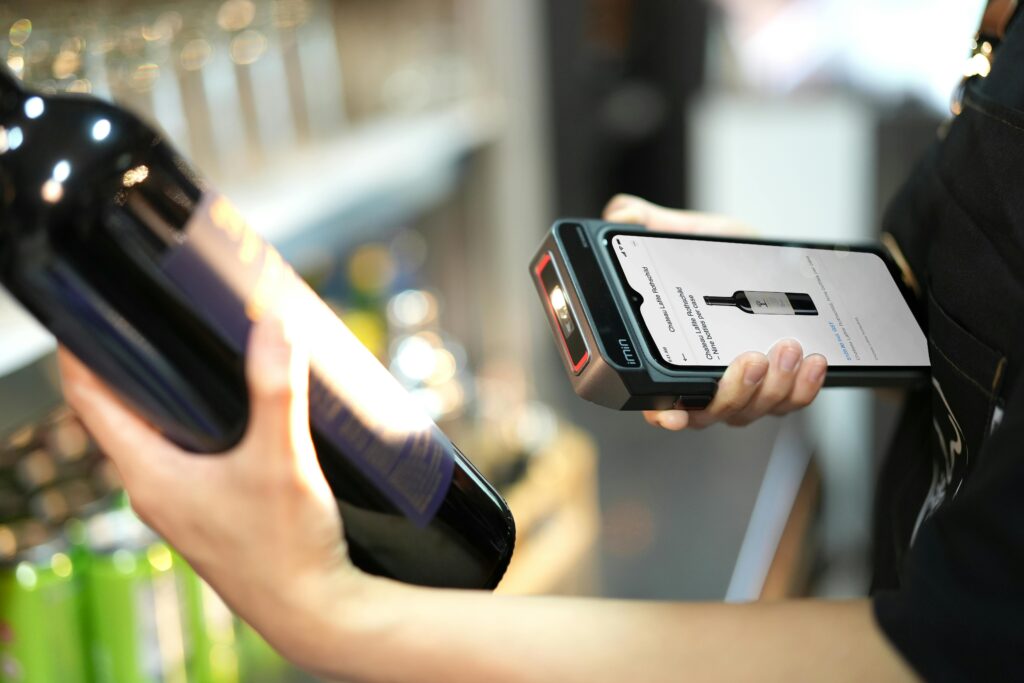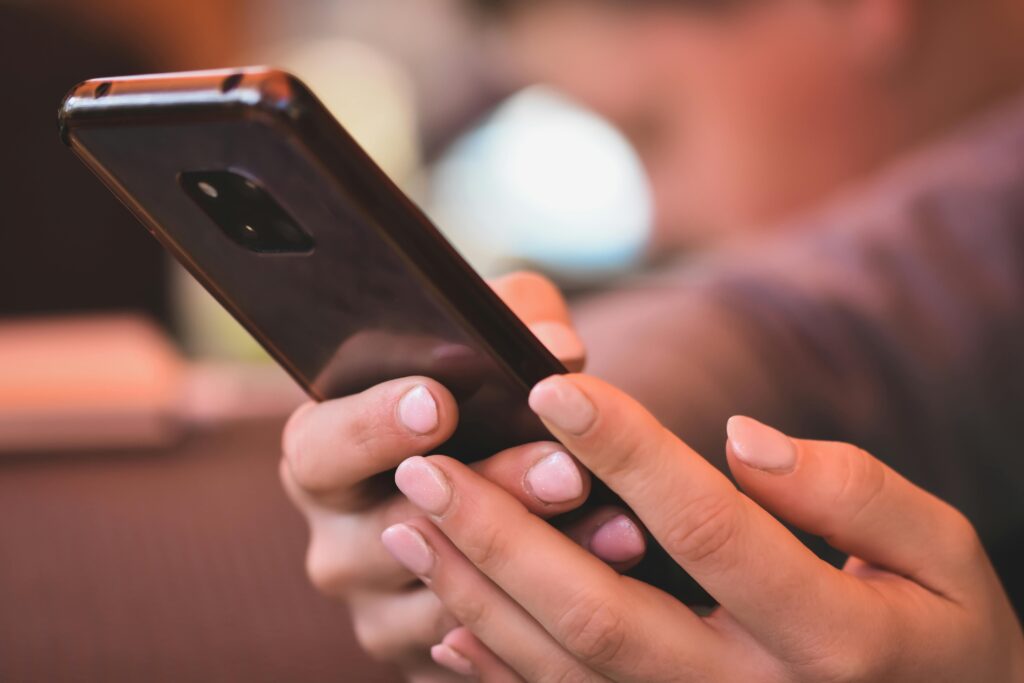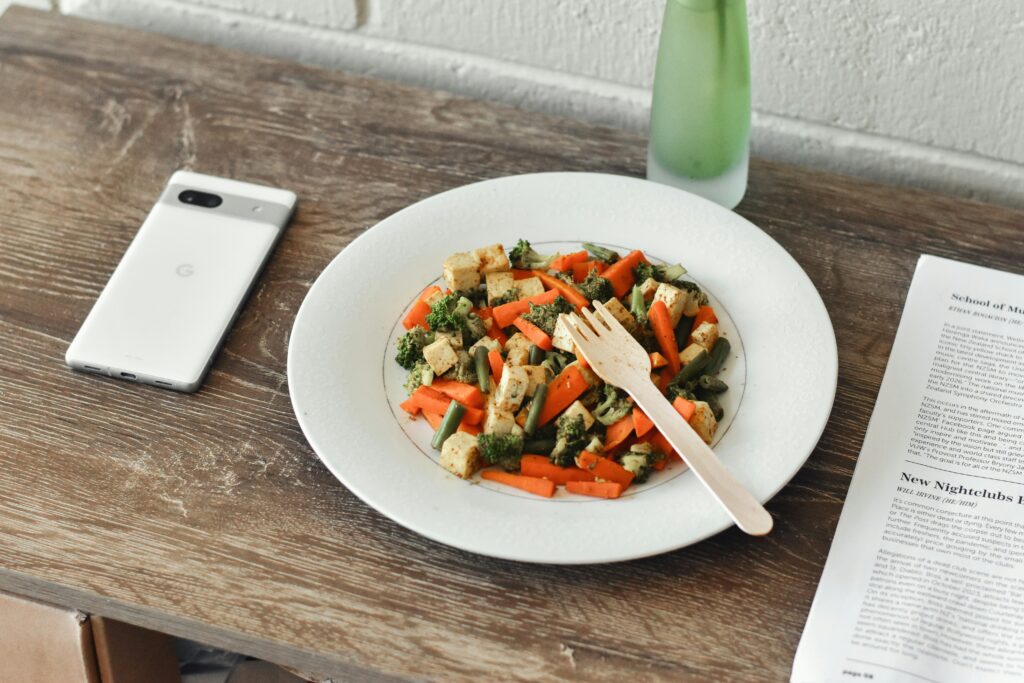Efficient and precise food tracking is essential for those pursuing specific health goals or managing dietary needs. The barcode scanner feature in MyFitnessPal helps automate the logging process by using your smartphone camera to read food package barcodes and match them with database entries.
This feature is available only to Premium subscribers. Whether you’re a nutrition professional, personal trainer, or a health-conscious individual, understanding how this tool fits into your workflow helps you make well-informed decisions.

What Is the MyFitnessPal Barcode Scanner?
This section explains the core function of the barcode scanner and the problems it solves in daily nutrition tracking.
The barcode scanner in MyFitnessPal is a built-in feature that allows users to log food by scanning the barcode printed on packaged products. Once scanned, the app attempts to match the barcode with a corresponding food entry in its extensive nutrition database, which includes both verified and user-submitted records. This process helps eliminate the need for manual data entry, speeding up daily logging and reducing the effort needed to maintain accurate food records.
For individuals focused on calorie control, macro balancing, or allergen tracking, the scanner removes friction from the logging process. Instead of typing product names or analyzing nutrition labels manually, users can get quick results with just a camera scan. This is particularly valuable when logging multiple items throughout the day or handling packaged foods with complex ingredient lists.
Key benefits of the barcode scanner include:
- Faster food logging without manual input.
- Reduced errors from misreading labels or entering incorrect values.
- Improved adherence to calorie and nutrient targets.
- Increased consistency in long-term nutrition tracking.
- Enhanced accuracy of data used by professionals and clients alike.
More importantly, the scanner supports broader goals in health and wellness. It encourages consistency in tracking by minimizing repetitive actions and helps users develop habits based on real data rather than assumptions. From a professional perspective, nutritionists, coaches, and healthcare providers benefit from the improved accuracy of client logs, which can support more personalized and effective dietary interventions.
While other sections in this guide explain how the scanner is used and what to do when issues occur, this section highlights its central role: transforming a once time-consuming task into a fast, user-friendly, and scalable solution for daily nutrition management.
Access and Device Requirements
To use the barcode scanner in MyFitnessPal effectively, users must meet several baseline conditions related to account access, device hardware, and software configuration. These ensure the scanner operates reliably and integrates into daily food tracking without technical interruptions.
Subscription and Access Level
This feature is not universally available and requires users to have a valid Premium account.
Key access conditions:
- The barcode scanner is only available to Premium subscribers.
- Free-tier users cannot enable or test this feature in their app.
- Subscription status must be synced correctly in the account settings to unlock the scanner.
Without meeting these conditions, the scanner will not appear or function in the app.
Device Compatibility and Settings
A functional mobile device setup is essential for accurate and responsive scanning.
Technical requirements include:
- A working rear-facing camera (front-facing cameras are not supported).
- Camera permissions granted to the MyFitnessPal app through the device’s privacy settings.
- A modern iOS or Android operating system that supports the latest app version.
- Updated MyFitnessPal app installed from the official App Store or Google Play.
Before incorporating the scanner into your routine, test it under normal lighting and scanning conditions. Verifying that your device meets these requirements ensures consistent functionality and smooth user experience.

How to Use the Barcode Scanner
This section guides users through the actual use of the scanner on both major platforms, outlining steps and best practices to ensure success.
iOS
Using the scanner on iOS devices is straightforward but requires the correct setup and user awareness. The following steps explain how to initiate scanning and confirm results.
How to scan
- Tap the “+” icon at the bottom of the home screen.
- Choose the option labeled “Barcode Scan.”
- Align the barcode within the visible frame of the scanner.
- Wait for the item to appear and confirm it by tapping the checkmark.
This method allows fast data entry, provided the barcode is legible and centered in the camera view.
Useful tips
To improve scan quality and minimize errors, users should apply the following tips:
- Ensure good lighting and clean camera lenses for clearer image capture.
- Confirm camera access is enabled through iOS settings.
- Avoid moving the phone quickly, as blurring can interrupt scanning.
Following these tips helps avoid frustrating failures and repeated attempts.
Android
Android users follow a similar but slightly different navigation path. This section describes how to locate and use the scanner on Android devices.
How to scan
- Navigate to your Diary and tap “Add Food” under the appropriate meal.
- Choose “Scan Barcode” located below the search field.
- Align the barcode in the scanner window and wait for the data to load.
- Confirm and save the result to your diary.
Scanning is typically quick, but good positioning and lighting remain critical to success.
Useful tips
Improving scanner performance often depends on camera behavior and environment. These tips help refine the process:
- Use autofocus for more precise image capture.
- Scan from a stable angle and distance.
- Avoid scanning damaged or reflective barcodes.
With minimal effort, Android users can achieve the same reliable results as iOS users.

What to Do When You Can’t Scan: Accurate Tracking of Homemade Meals with ReciMe
If you’re already using the MyFitnessPal barcode scanner to log packaged foods quickly and accurately, then you know how helpful it is to reduce guesswork. But what about home-cooked meals where there’s no barcode to scan?
That’s exactly why we created ReciMe, an app designed to help you plan, store, and calculate the nutrition of your homemade meals with the same level of clarity and precision.
Here’s how ReciMe supports your nutrition tracking:
- Store and organize your recipes: Save your favorite meals, add custom recipes, or import from popular websites all in one place.
- Instant nutrition breakdowns: We automatically calculate total calories, protein, fat, and carbs for the entire recipe and per serving.
- Plan your meals for the week: Build a weekly menu using your saved recipes great for reducing last-minute decisions and staying on track.
- Customize ingredients and portions: Swap ingredients, scale servings, or adjust weights. We recalculate everything for you instantly.
If you rely on barcode scanning for packaged foods, ReciMe offers a similar level of nutritional precision for your home-cooked meals. While ReciMe doesn’t include a barcode scanner, it automatically calculates calories, protein, fat, and carbs for every recipe you create giving you clear, reliable data for what you eat at home. Whether you’re batch cooking or preparing meals from scratch, ReciMe helps you stay informed and intentional with your nutrition.
Try ReciMe and see how much easier it becomes to cook with confidence and track with purpose.
Just try it – you’ll love it:



Common Problems and How to Solve Them
Even when all device and account requirements are met, users may still experience technical issues with the barcode scanner. This section outlines the most common problems that interfere with scanner functionality and offers clear steps to fix them without the need for external support.
Black screen when opening the scanner
A frequent issue occurs when users attempt to open the scanner and are met with a black screen. This typically indicates that the app does not have the necessary permission to access the device’s camera.
How to fix it
Go to your device’s system settings → Privacy → Camera → Find MyFitnessPal in the list and make sure the toggle is switched on. Without this permission, the app cannot access the camera hardware, making barcode scanning impossible.
Missing scanner option in the app
Some users report that the “Scan Barcode” button is no longer visible in the food logging interface. This may result from one of the following causes:
- A recent update temporarily disrupted access to premium features.
- The user is logged into a free-tier account, which does not include barcode scanning.
- The app failed to recognize an active subscription due to sync issues.
What to do
Log out of the app and log back in. This often resets the account’s feature access and restores the scanner function. If the issue persists, verify that you are logged into the correct email/account associated with your subscription.
Scanner stops working after updates
Occasionally, after installing an app or operating system update, the scanner may fail to function properly for example, it may crash or not respond to taps.
Solution
Uninstall and reinstall the MyFitnessPal app. Before doing so, confirm that your diary entries are synced to the cloud via the MyFitnessPal website. Once the app is reinstalled and you’ve logged in again, the scanner typically regains full functionality.
By following these steps, users can usually resolve scanner issues without needing to contact technical support. Addressing these common problems quickly helps restore the scanning experience and keeps daily tracking efficient and reliable.
Inaccurate Barcode Results
Barcode entries sometimes return incorrect, outdated, or mismatched product information. This section explains the reasons behind such errors and offers clear steps for correcting them. Understanding how to manage these issues helps ensure that your food diary remains accurate and reliable.
Inaccurate results can happen for several reasons. Since MyFitnessPal relies on a user-generated database, entries may contain typos, outdated serving sizes, or mislinked barcodes. Additionally, product formulations and labels change over time, which may not be immediately reflected in the database. When you notice inconsistencies, taking a moment to correct the data can improve logging not just for you, but for the broader user community.
Fixing the problem
If the scanner returns the wrong item:
- Scroll down and select “Not correct? Find a better match.”
- Type the name of the actual product in the search bar.
- Choose the correct match and log it to your diary.
This method updates the barcode’s association if the chosen food is from the public database. Future scans of the same barcode will reflect the corrected item, improving results for all users.
When no correct entry exists
In cases where the correct product is not available in search results:
- Manually create a new food entry using the nutrition label from the product packaging.
- Submit this entry to the public database if you want others to benefit from it.
- Be aware that private food entries remain visible only to you and cannot be associated with barcodes in future scans.
By contributing accurate entries to the public database, users play a direct role in improving scanner performance and data quality across the app.

Best Practices for Reliable Tracking
Maintaining consistent and accurate food logs requires more than just scanning barcodes. To get the most out of MyFitnessPal’s barcode scanner, users should apply practical habits that ensure each entry reflects real nutritional intake. These best practices reduce the risk of logging errors and improve the reliability of your data over time.
Cross-check scanned data with product labels
Always compare the nutritional information returned by the scanner with the actual product label. This is especially important for new or unfamiliar products, which may have outdated or incorrect entries in the database. Checking values such as serving size, calories, fats, and sugars helps avoid miscalculations.
Use the manual correction feature
If the scanned item does not match the actual product, select the “Not correct? Find a better match” option. This allows you to manually search and choose the correct entry. Taking a few extra seconds to fix a mismatch can improve accuracy for yourself and others.
Weigh your portions with a digital scale
Relying on package labels alone may not reflect actual portion sizes. Using a digital kitchen scale helps track precise weights and servings, reducing estimation errors. This is particularly useful for calorie-controlled or macro-specific goals.
Save frequently used or corrected items
When you correct or verify an entry, save it to your recent or favorite items. This allows you to log the same food quickly in the future without repeating the verification process. It also helps standardize entries for similar meals across different days.
By combining technology with these user-driven habits, individuals can build a nutrition tracking system that is not only fast but also highly reliable. These practices enhance the long-term effectiveness of dietary planning and reduce the risk of inconsistencies in logged data.
Conclusion
The barcode scanner in MyFitnessPal represents a practical intersection of technology and nutritional self-management. It allows users to streamline the food logging process, reduce manual entry errors, and ensure that recorded dietary data reflects the actual nutritional value of consumed products. For professionals in the health, wellness, and fitness industries, this tool enhances the precision and efficiency of client monitoring, dietary planning, and behavior analysis. Its convenience and speed support consistent usage, which is key to successful long-term tracking and goal achievement.
Understanding how the barcode scanner works, how to use it correctly, and how to troubleshoot inaccuracies empowers users to take control of their nutrition data with confidence. Whether used in individual health management or within professional practice, the scanner contributes to a more data-driven and informed approach to eating. As digital health tools continue to evolve, barcode scanning remains a relevant, scalable, and impactful feature with wide applicability in both personal and clinical contexts.
FAQ
Is the MyFitnessPal barcode scanner free to use?
No. The barcode scanner is available only to users with an active Premium subscription. It is not included in the free version of the app.
Why is the scanner returning the wrong product?
This usually happens when a barcode is linked to an incorrect or outdated item in the database. Since the database includes user-generated content, errors are possible. Manually correcting the item through the “Find a better match” option helps resolve this.
What should I do if the barcode scanner doesn’t open?
Check if camera access is enabled in your device’s privacy settings. If that doesn’t solve the problem, try reinstalling the app after confirming your data is synced online. This often restores full functionality.
Can I add a new product and link it to a barcode?
Yes, but only through the public database. First, create a food entry and make it public. Then, use the correction function to associate that product with the barcode for future scans.
Are there better alternatives with free barcode scanning?
Yes. Several apps continue to offer barcode scanning for free. These alternatives vary in design and accuracy but may serve as effective substitutes depending on user preferences and dietary needs.
Does the barcode scanner work offline?
No. The scanner requires internet access to retrieve product data from the cloud-based database. Without a connection, the scanner cannot function or return results.
Why is accuracy so important when using the scanner?
Accurate nutrition tracking is essential for health goals, especially for those managing calories, macros, or medical conditions. While the scanner adds convenience, users must confirm that entries reflect actual product values to ensure effective results.
